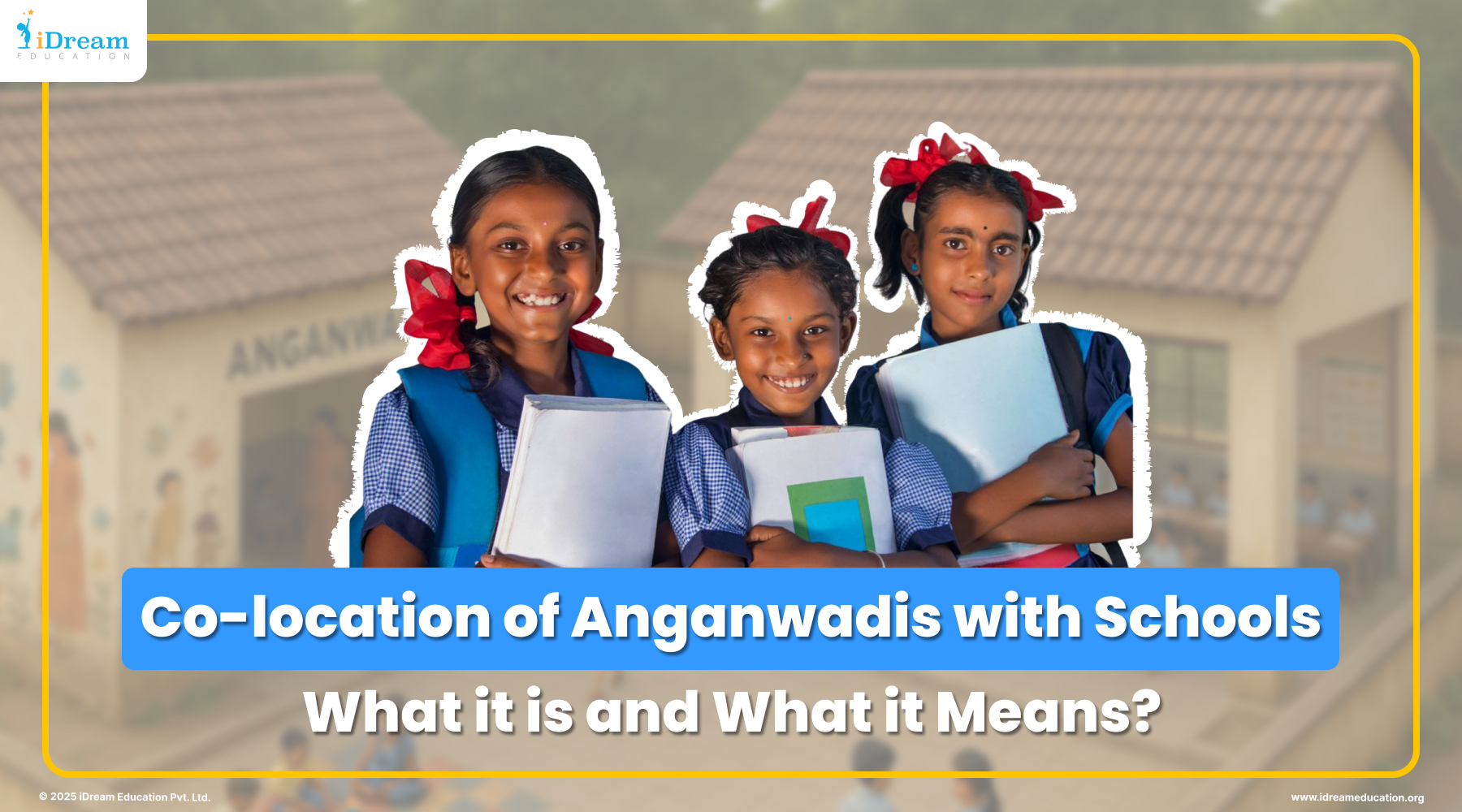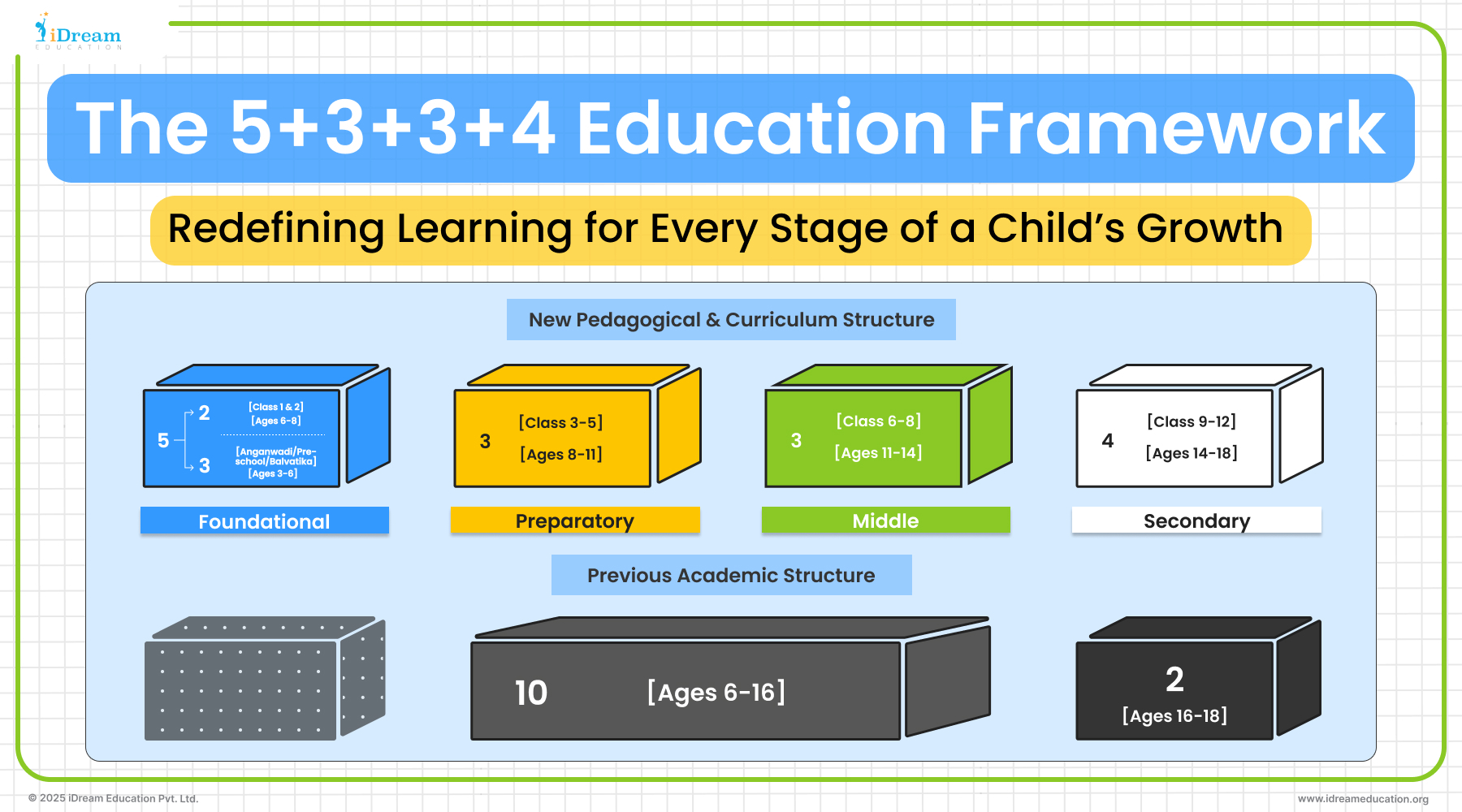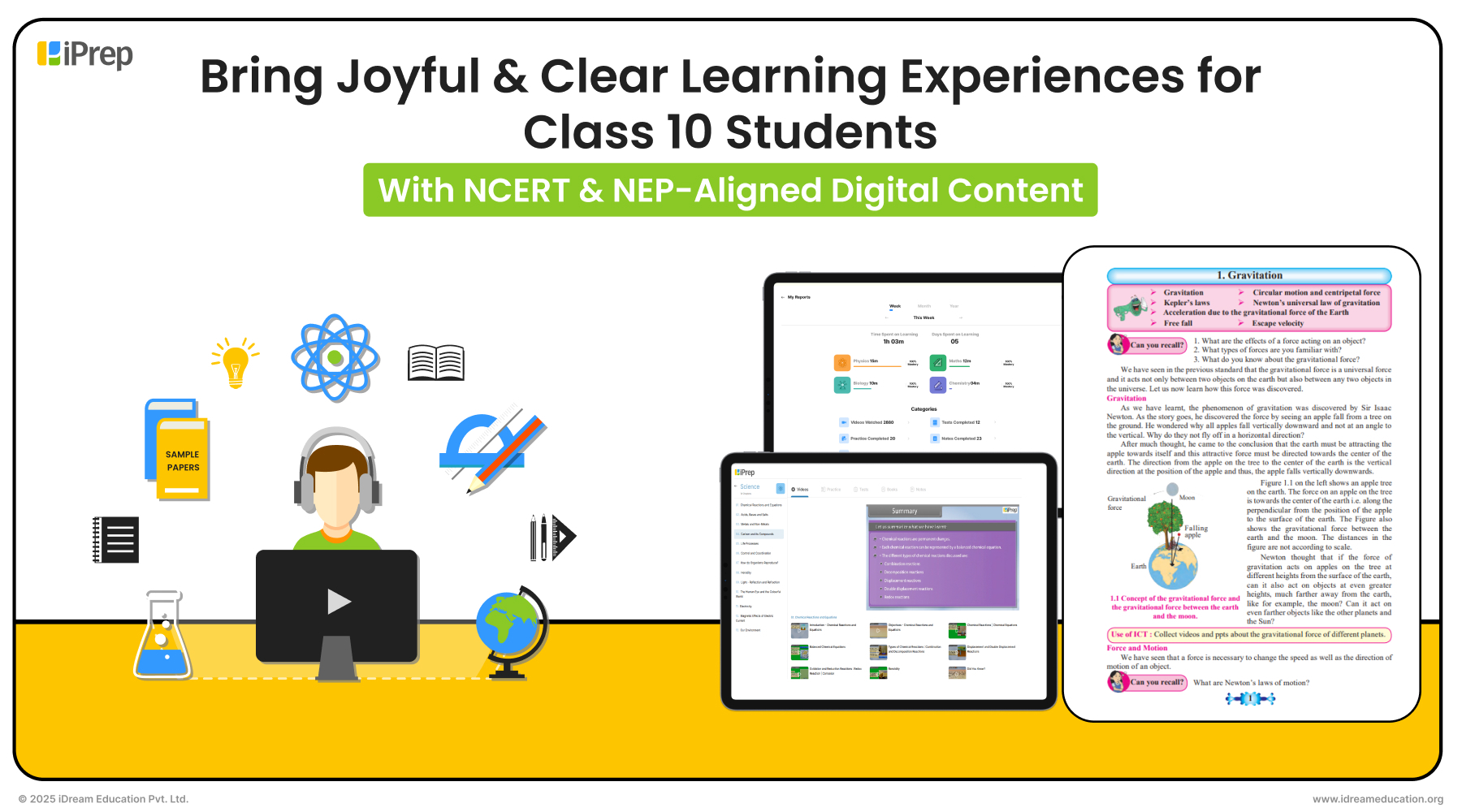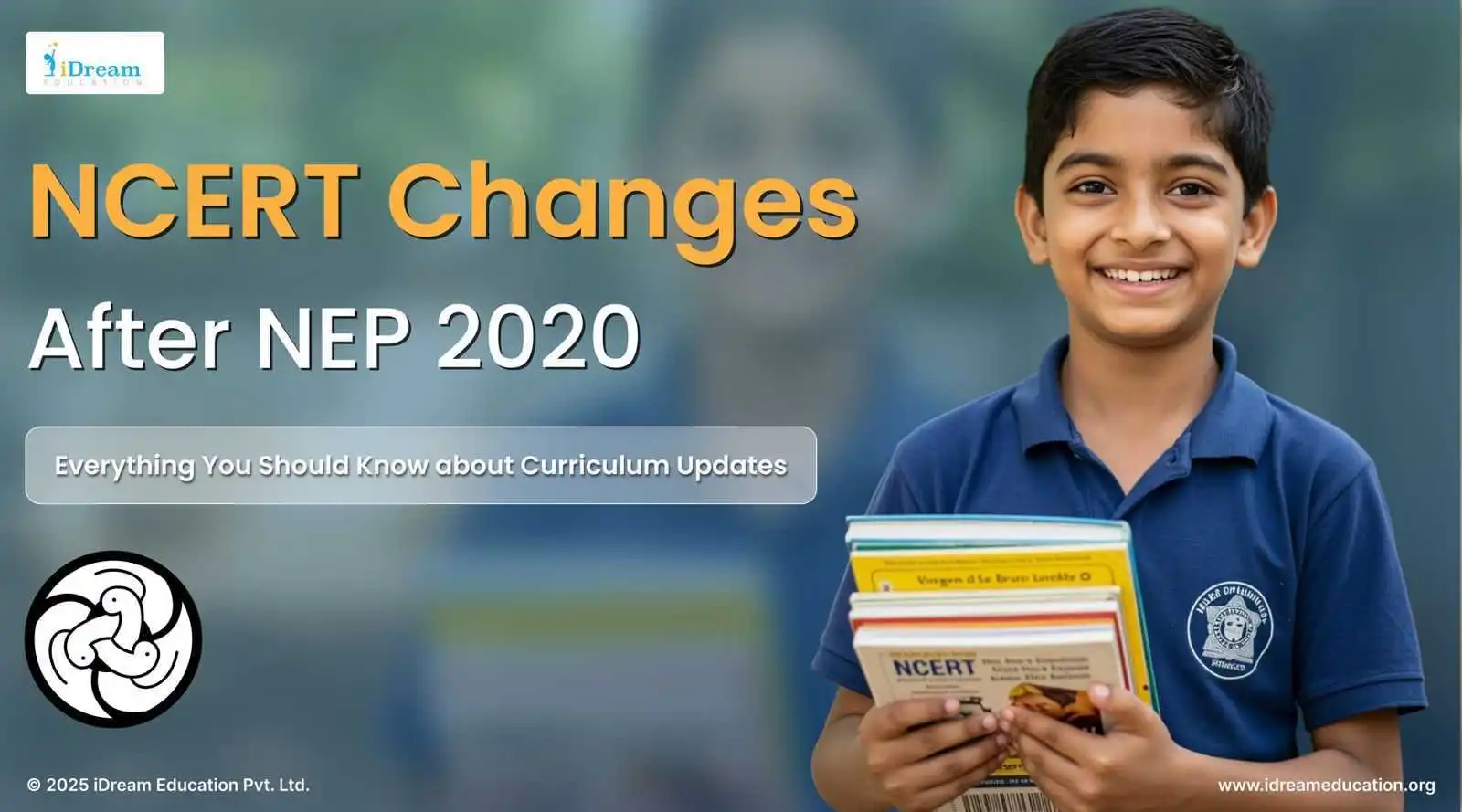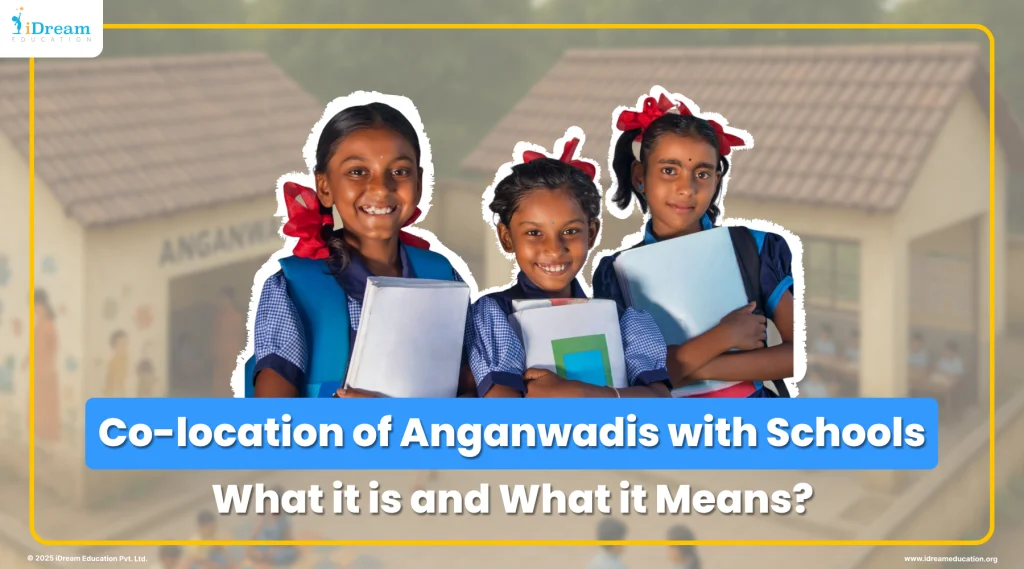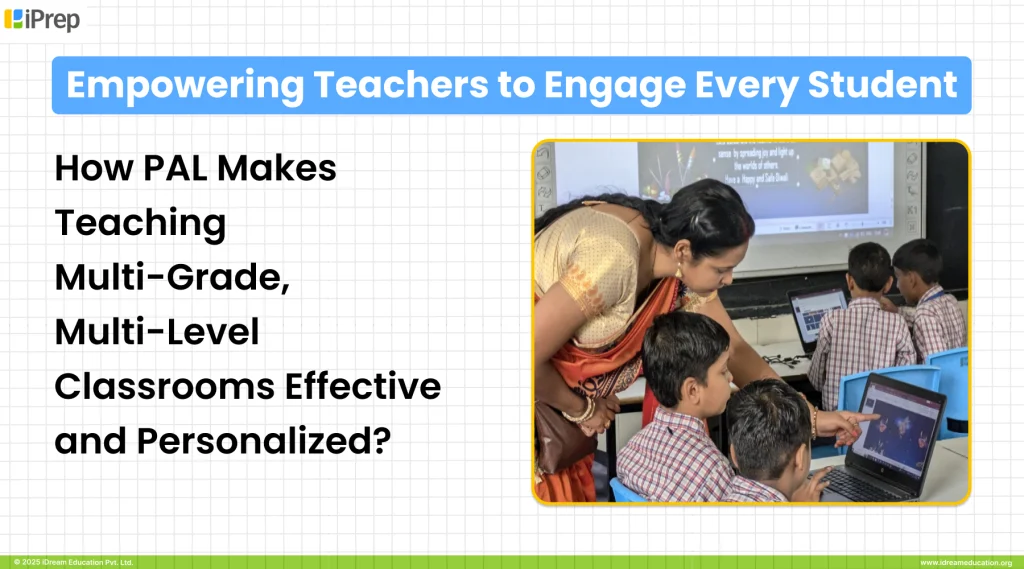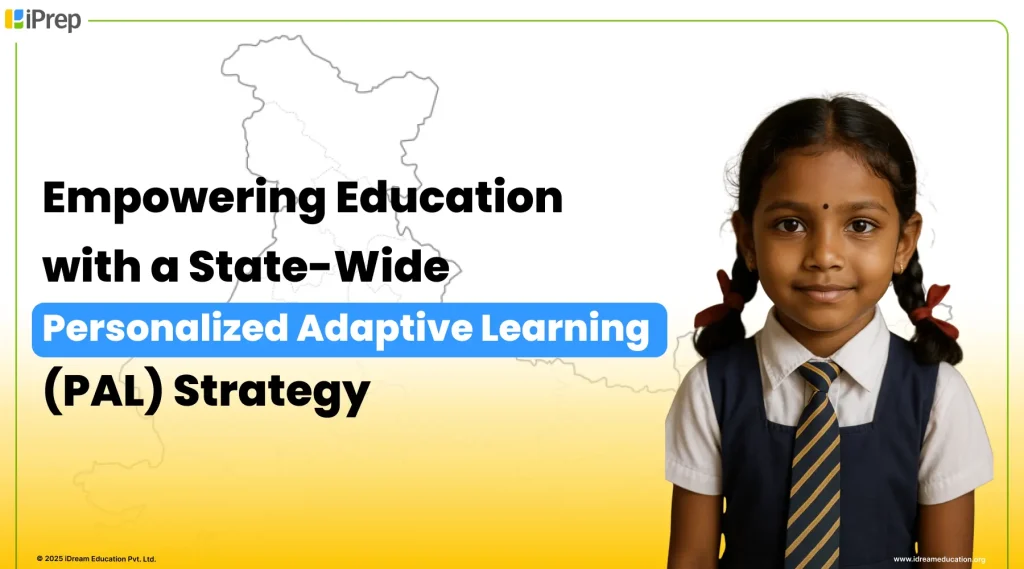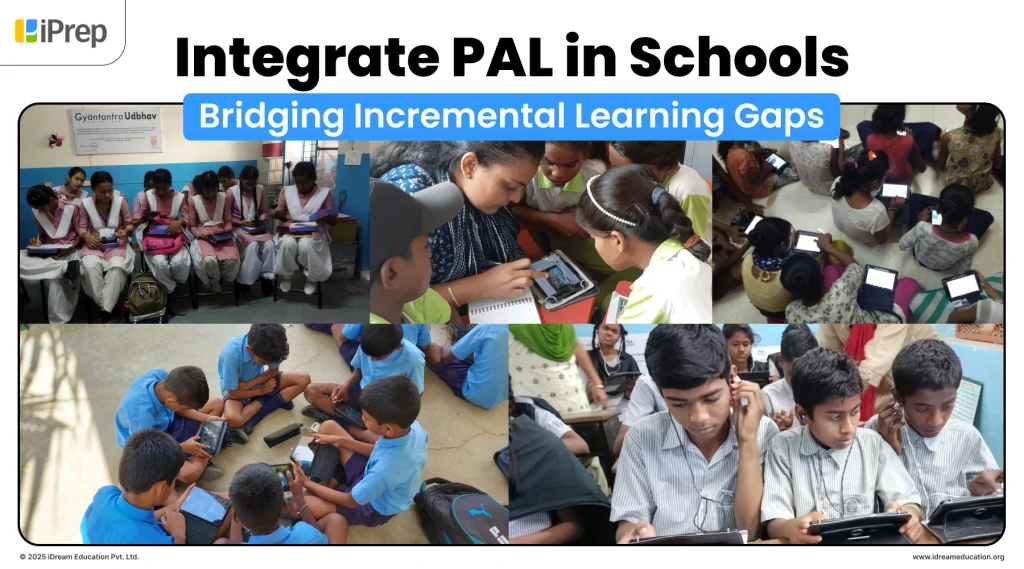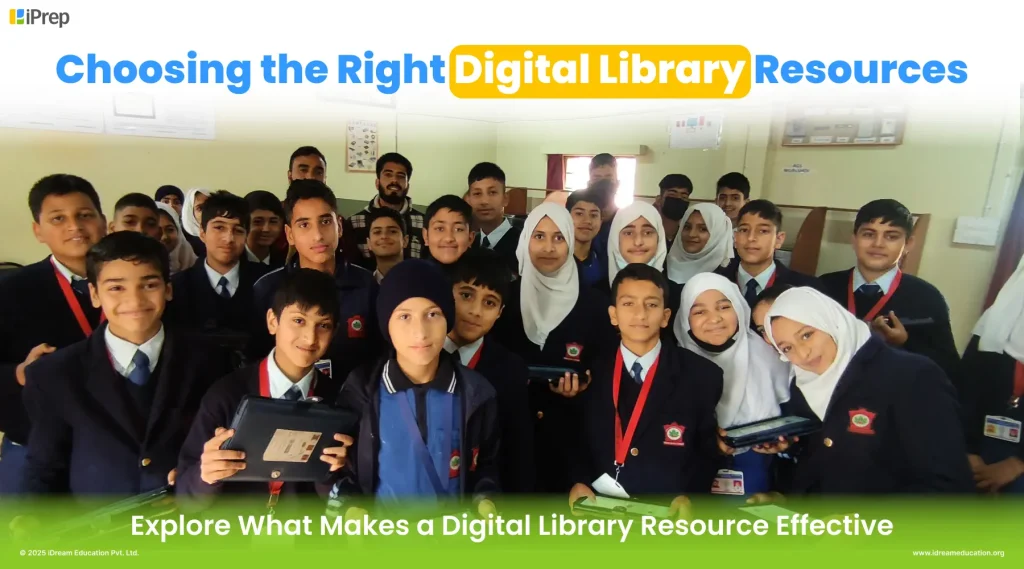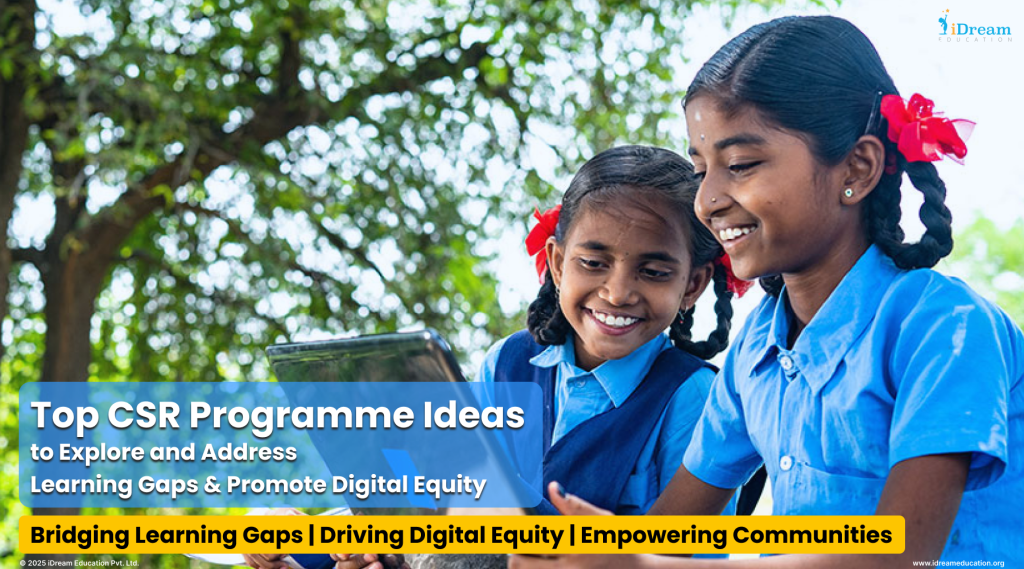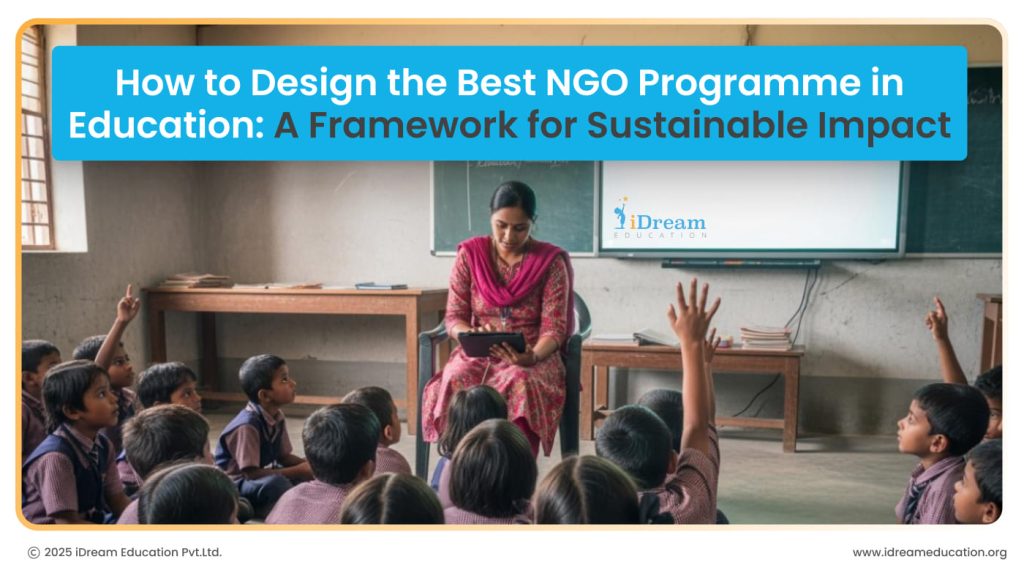
By committing to the transformation of education in India’s most challenging regions, your NGO is not merely initiating another programme; you are embarking on a mission that has the potential to significantly impact the lives of thousands of young people.
Nevertheless, we have observed an inordinate number of well-intentioned initiatives that have failed to produce enduring change, resulting in both communities and donors pondering the cause of the failure.
The stark reality is that conventional education programming methods are ineffective in India’s 112 aspirational districts, which have been designated by NITI Aayog due to their intricate developmental challenges.
In these regions, a distinct approach is required: strategies that recognise the constraints of infrastructure, accept local contexts, and produce quantifiable results that endure beyond the initial funding cycle.
This exhaustive guide demonstrates how the most successful NGOs in India that are dedicated to education are developing programs that are actually effective. This framework will assist you in avoiding common pitfalls and constructing a genuinely impactful project, regardless of whether you are a seasoned NGO leader, a CSR head responsible for allocating education budgets, or a programme manager responsible for delivering results in remote areas.
The 7 Pillars of Successful NGO Education Programmes
Here are the seven critical pillars that distinguish the best NGO programmes in education from those that struggle to make lasting change:
Pillar 1: Choose Adaptive Technology for Multi-Grade Classrooms
Here’s a problem every rural education programme by NGOs faces: in most government schools in aspirational districts, you’ll find one teacher managing students from Classes 3, 4, and 5 simultaneously. Your digital education programme must work in this reality, not the idealised single-grade classrooms of urban schools.
The most successful NGOs working for education have discovered that tablet-based smart ICT labs outperform traditional computer setups by a massive margin in these environments. Mobility changes everything. When the electricity fails (and it will), tablets keep working. When you need to shift the learning space because the computer lab is being used for storage, tablets move with you.
But here’s what separates truly effective technology solutions for multi-grade classrooms in India: content architecture that allows instant grade switching. Students shouldn’t be locked into chronological grade progression when their actual learning levels vary dramatically. The best systems provide NCERT-aligned digital content for Classes 1-12 that adapts to individual student needs within the same lesson.
Consider this: instead of forcing a Class 4 student who reads at a Class 2 level to struggle with grade-appropriate material, adaptive content meets them where they are. This approach enables one teacher to effectively manage different learning levels simultaneously, turning the multi-grade challenge into an opportunity for personalised learning.
Implementation Reality Check: Choose technology that eliminates complexity rather than adding it. Your teachers already have enough to manage without becoming IT troubleshooters.
Read More: Let’s reduce historical learning gaps with Multigrade Content
Pillar 2: Build Your Program with Infrastructure-Conscious Technology
Every NGO education project design starts with good intentions: “We’ll ensure reliable internet and consistent power supply.” Six months later, you’re explaining to donors why learning outcomes are below target because the Wi-Fi hasn’t worked for three weeks.
Stop designing programmes for infrastructure that doesn’t exist. The most sustainable education programmes embrace offline digital learning solutions from day one. Students and teachers access comprehensive learning materials without internet dependency, while progress data synchronises automatically whenever connectivity becomes available.
This hybrid approach solves multiple problems simultaneously. Learning continues during frequent power outages. Teachers don’t waste time troubleshooting connectivity issues. Most importantly, your programme delivers consistent results regardless of local infrastructure limitations.
Centralised charging rack systems for tablets address the power challenge elegantly. Instead of individual device charging dependencies, schools charge multiple devices simultaneously during available power windows. This approach works even in areas with limited electrical infrastructure, ensuring your technology investment remains functional.
Key Insight for NGOs: Infrastructure-conscious technology design isn’t about accepting limitations; it’s about ensuring your programme works for the communities that need it most.
Pillar 3: Drive Engagement with Language-Responsive Learning
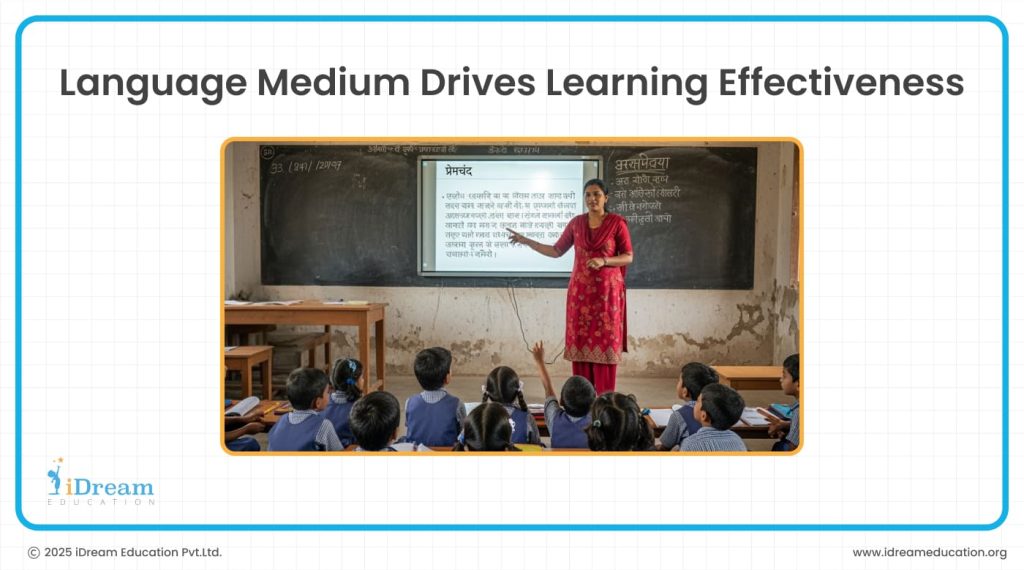
The National Education Policy 2024 emphasises instruction in regional languages for a compelling reason: children who learn foundational concepts in their mother tongue demonstrate significantly stronger cognitive development and knowledge transfer abilities.
Yet most education programmes still rely on basic voice-overs or direct translations that feel unnatural to students. The best NGO programmes invest in bilingual learning content for schools that’s developed natively in Hindi, English, and regional languages including Gujarati, Marathi, Tamil, Telugu, Kannada, Bengali, and Oriya.
This isn’t just about language preference; it’s about learning effectiveness. Students mastering concepts in familiar languages show enhanced ability to apply knowledge across different academic areas and grade levels. For NGOs implementing education programmes, this translates to measurably better learning outcomes and higher student engagement rates.
Real-World Application: When students understand mathematical concepts in their mother tongue first, they can more easily transfer that understanding to English-medium instruction later. This approach accelerates learning rather than creating language barriers.
Pillar 4: Use Personalised Adaptive Learning (PAL) to Bridge Learning Gaps
Large-scale PAL implementations across Haryana (500,000 students), Rajasthan (2 million students), and Andhra Pradesh reveal patterns that every NGO should understand: diagnostic-driven personalisation works, but only when it’s designed for real classroom conditions.
Haryana pioneered tablet-based personalised adaptive learning for 500,000 government school students in Classes 10-12. Rajasthan launched comprehensive PAL programmes addressing Covid-19 learning loss for 2 million students, demonstrating the scalability of this approach.
Here’s how effective PAL systems operate: diagnostic assessments identify specific knowledge gaps for each student, then create individualised learning paths addressing those exact needs. Practice questions with immediate feedback combine with remedial video content to guide students systematically through their learning gaps.
The EdTech Tulna framework underlying successful PAL ensures pedagogically sound personalisation while remaining practically implementable in resource-constrained environments. For NGOs, this means delivering personalised education at scale without requiring extensive technical expertise from your team.
Critical Success Factor: PAL works because it addresses specific learning gaps rather than applying generalised remediation approaches. This precision makes your programme more efficient and demonstrably more effective.
Teachers receive detailed insights showing exactly where each student requires additional support, enabling targeted interventions that maximise learning progress. This data-driven approach helps NGOs demonstrate concrete impact to stakeholders and funding partners.
Pillar 5: Create Sustainable Impact Through Community Partnerships
The most successful sustainable educational programmes by NGOs don’t just work with communities; they’re owned by them. Strategic partnerships with existing community structures, local NGOs, and government education departments create implementation models that survive beyond your initial funding cycle.
Consider the Army Goodwill School in Kashmir: remote location, unique language requirements, and extreme infrastructure limitations. Standard educational models couldn’t accommodate these realities. Success came through locally informed implementation that adapted digital learning solutions to specific community needs.
Building local technical capacity creates sustainable implementation knowledge within districts, reducing long-term external dependencies. Training programmes that transfer device management, content delivery, and basic troubleshooting skills to local teachers and administrators establish operational models that continue functioning independently.
Sustainability Principle: Community ownership develops when local stakeholders gain the skills and confidence to manage programme elements themselves. This approach transforms your NGO from a service provider to a capacity builder.
For organisations developing community-based education programmes, local capacity building ensures long-term success while reducing dependency on external support systems. This aligns with best practices for NGOs in the education sector focused on sustainable impact.
Pillar 6: Ensure Holistic Development with Comprehensive Content
The National Education Policy emphasises holistic development for good reason: students need more than academic knowledge to thrive in the 21st century. The most effective NGO programme in education address this requirement strategically rather than accidentally.
Digital libraries featuring animated lessons, interactive content, syllabus books, and practical activities provide teachers with resources extending far beyond traditional textbooks. Teachers can customise lessons based on specific student needs and interests while maintaining curriculum alignment across multiple subjects.
Integration of coding activities for middle-stage students and vocational training content aligns with NEP 2024’s emphasis on preparing students for emerging professions. This approach ensures students develop both strong foundational learning and practical skills for future opportunities.
Implementation Strategy: Comprehensive content coverage enables NGOs to address multiple educational goals simultaneously, maximising programme impact and efficiency while meeting diverse community needs.
Life skills, growth-based learning, and character development integrate naturally with academic content when your programme design supports holistic student development from the beginning.
Pillar 7: Measure Your Impact with Data-Driven Monitoring
Donor accountability demands measurable results, but effective impact measurement systems require systems that capture learning progress without creating excessive reporting burdens for your team or partner schools.
Cloud-based monitoring dashboards that synchronise automatically with offline learning activities provide comprehensive progress tracking without additional administrative overhead. This enables precise NGO education impact measurement that satisfies donor requirements while supporting programme improvement.
Effective reporting systems track multiple indicators simultaneously: learning outcomes, engagement patterns, content completion rates, and skill development across subjects. These metrics help NGOs demonstrate concrete results to stakeholders while identifying areas requiring programme adjustments.
Final Note
Designing the best NGO programme in education for aspirational districts requires moving beyond standardised interventions toward flexible, evidence-based approaches that respect local realities while delivering measurable results.
The challenges for education NGOs in aspirational districts are real, but they’re not insurmountable. Every pillar in this framework addresses specific obstacles you face while providing practical solutions tested across diverse implementation environments.
At iDream Education, we understand the unique challenges faced by NGOs working in the education sector. Our solutions serve as the tools that enable your vision, partnering with you to implement locally-owned, sustainable programmes that ensure every student, regardless of circumstances, gains the opportunity to learn and grow.
We collectively bridge the policy-implementation gap and deliver on the promise of education for all when programmes like yours succeed. iDream Education enables students and teachers to achieve desired learning outcomes through locally owned solutions that sustain improvement beyond initial implementation phases, ensuring last-mile learning access reaches every student who aspires to learn without limits.
Ready to build an NGO programme in education that delivers lasting impact?
To learn more, you may contact us at +917678265039.
You can also share your details here or write to us share@idreameducation.org.


